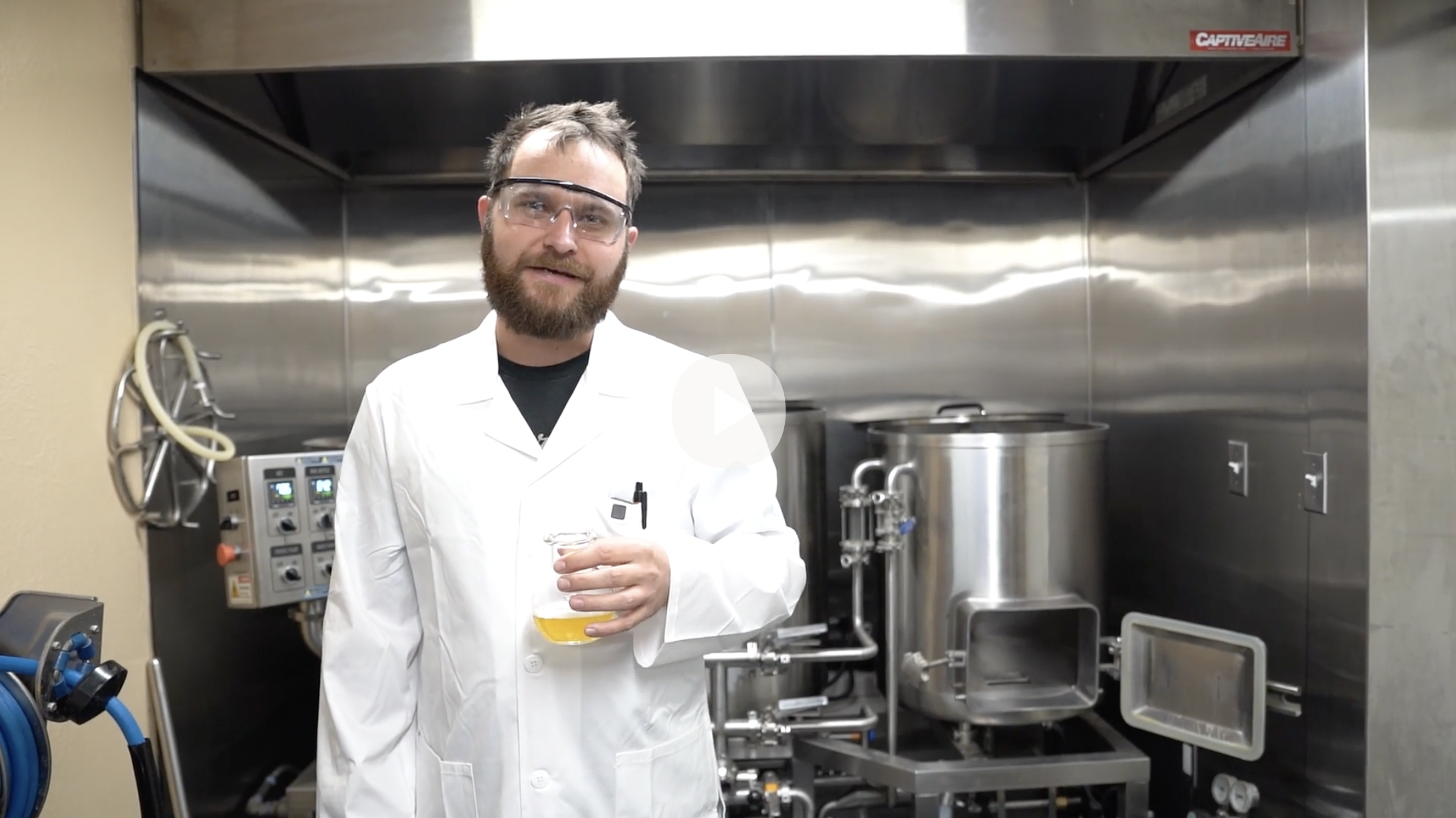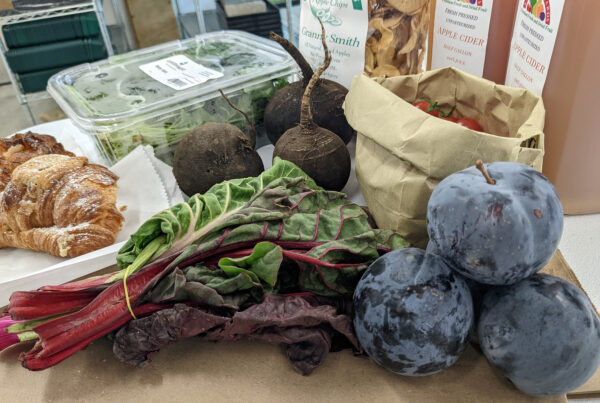Story and Photography by Courtnie Dawson

A note of dill floats on the air surrounding the line of customers patiently waiting outside the Boise Mobile Farmers Market van. The sunlight has a sting to it in the 100 degree weather, but no one seems to be in a hurry, each customer chatting with Melissa Nodzu and her driver James Turner about the best tomatoes for slicing or the pros and cons of slim Chinese eggplants. Melissa, her staff and volunteers have these conversations about 150 times per week, but never seem to get tired of them.
When Melissa joined the Mobile Market last year as manager, volunteers and drivers had been having these conversations for the last five years, ever since the van began touring around in 2015. Initially, the Mobile Market was created as a method of moving farmers’ food further around the city and aiding families with unstable access to healthy food. Today, as many as 10 farmers will be featured at a given time on the van, including Black Fox Farms, McIntyre Farms, Purple Sage Farms and many others.
“The majority of the produce is organically or naturally grown,” Melissa confirms.
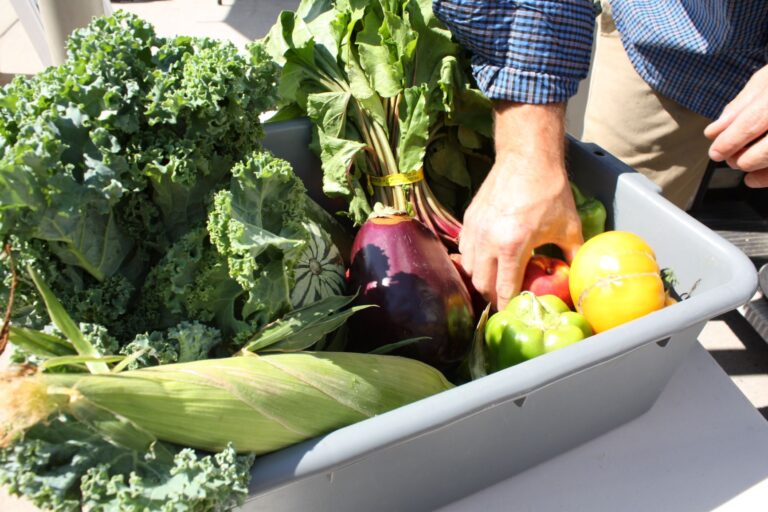
There are a lot of seasonal switch-ups of varieties and vegetables available, making each week an adventure in eating for customers. Due to seasonality and the supply of the local farmers, no two weeks are the same. In a time where corn and tomatoes are available year round, some forget that Idaho’s agriculture is a seasonal endeavor.
“Most people associate these summer vegetables with the 4th of July, but in Idaho it all really comes on in August.” Melissa says.
But those who eat with the seasons are richly rewarded in late summer, the most lively time of year, when about 25 different products vie for customers’ attention on the van’s whiteboard menu.
The Mobile Market runs not only for farmers, but to assist urban families who may not have easy or affordable access to healthy, organic produce. The mobility of the market, with its several stops per day, was designed to reach as many customers in need as possible.
Families in food deserts, or areas that have limited access to healthy foods, may have to drive as far as 30 miles to a supermarket. The upscale Avimor and Hidden Springs residential communities fall under this parameter as do low-and-fixed-income neighborhoods. The Mobile Market aids all those communities by bringing the market to them, three days a week, at 4 or 5 different locations per day.
”The Boise Farmers Market is unique in that it accepts customers with food stamps and EBT,” says James, a driver for the Mobile Market, of the additional help offered for those in disadvantaged neighborhoods.“This allows people to use these resources for locally, organically produced food.”
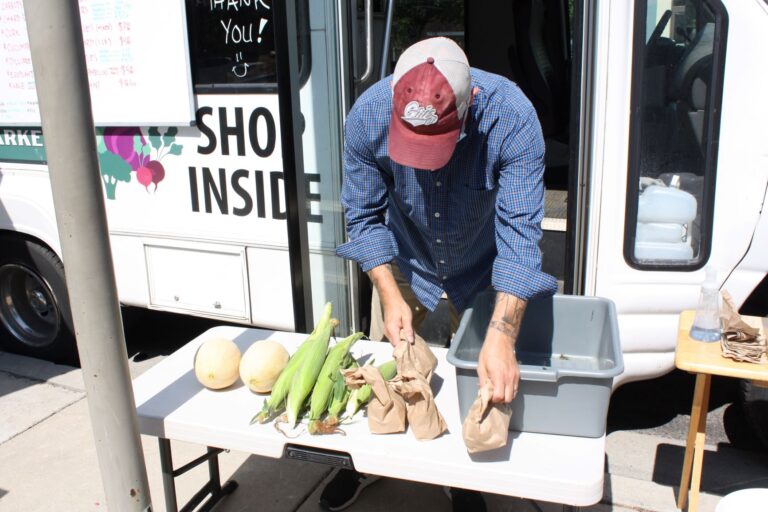
Some spots even come with special perks to give further assistance to people who may be struggling, such as an additional 10% off. In partnership with the Boise Farmers Market, the City of Boise arranged a matching program for families, allowing them to receive up to $20 matched in fresh produce.
With the pandemic putting a halt to the crowds at the now drive-through-only Saturday Boise Farmers Market, the Mobile Market has seen a spike in traffic to their many spots. Loyal BFM customers have taken to the Mobile version for easier, more personalized selection.
“I’ve been coming to the Boise Farmers Market for years, but now I catch the van here every Monday” says Barb, a regular customer since the Boise Farmers Market’s switch to drive-through. “I’m on my second punch card, if that tells you something about how often I come here.”
COVID has impacted the Mobile Market too. Customers are no longer able to walk along the interior of the van. Instead, volunteers select the produce and place it in a basket off the bus. While customers miss the opportunity to hand-select their tomatoes and onions, Melissa feels that the change is a good thing. ”Shopping for people has been more efficient, and having no customers in the van means we can serve more people per stop.”
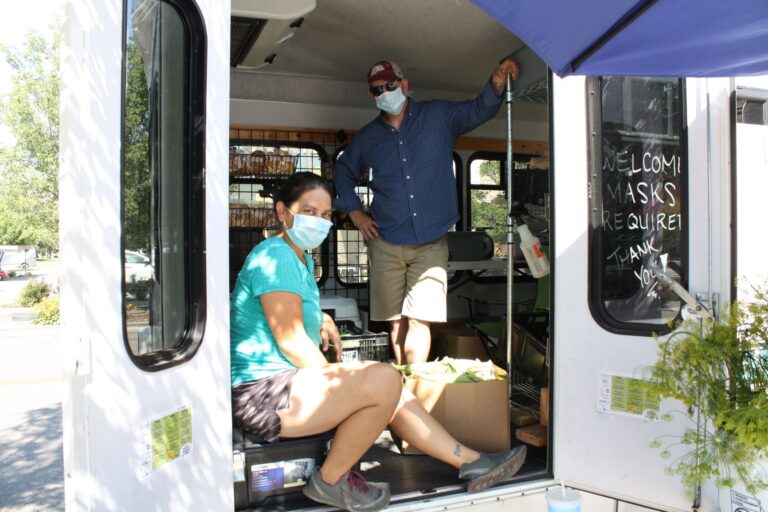
While the Mobile Market’s mission is to bring the farm to underserved urban areas, Melissa assures that the Mobile Market is for everyone, and the more customers it can reach, the better.
“The more people support us, the more neighborhoods we can stop in, and the more we can keep getting our good food from farmers out to the community,” says Melissa.
